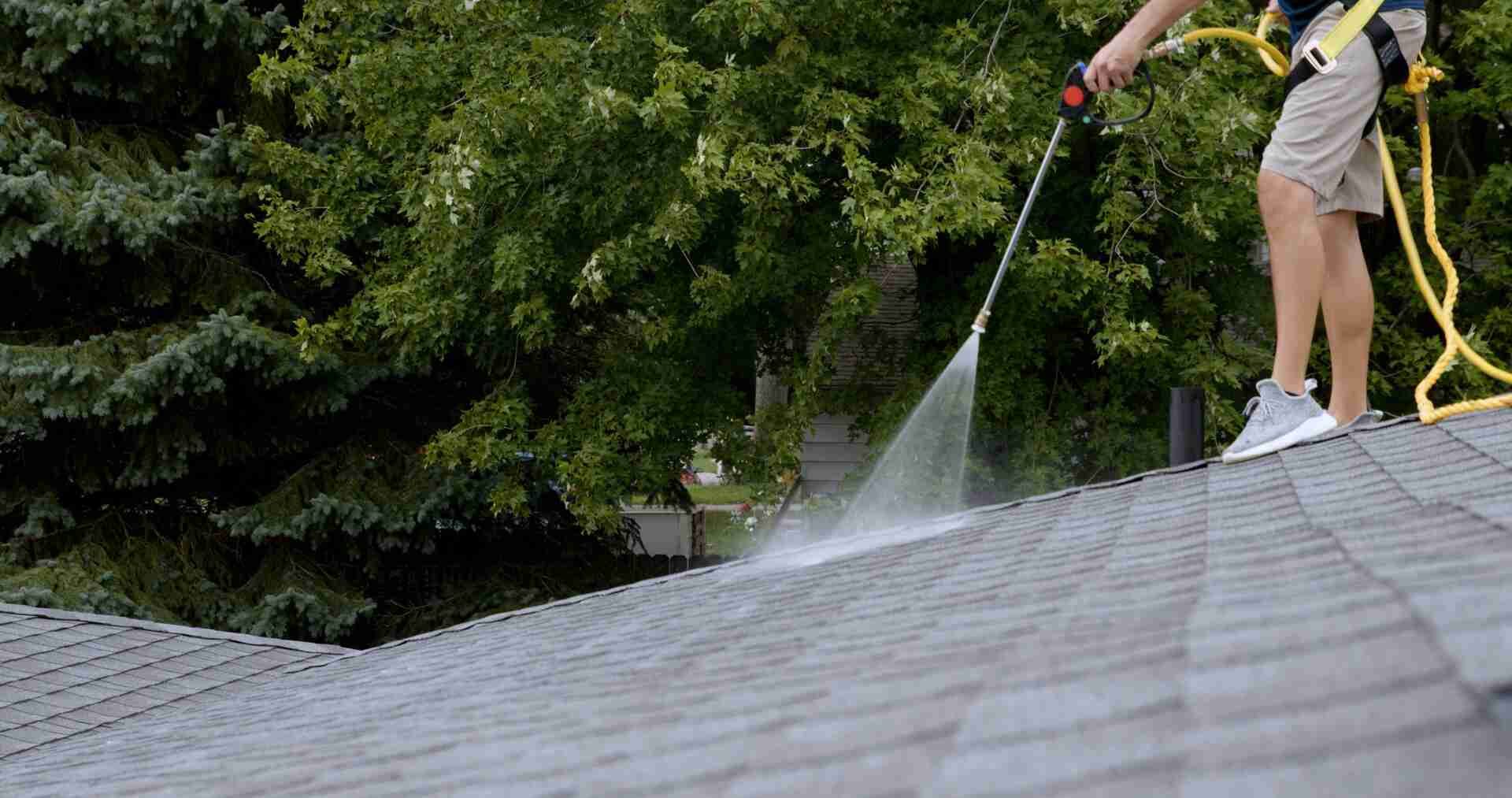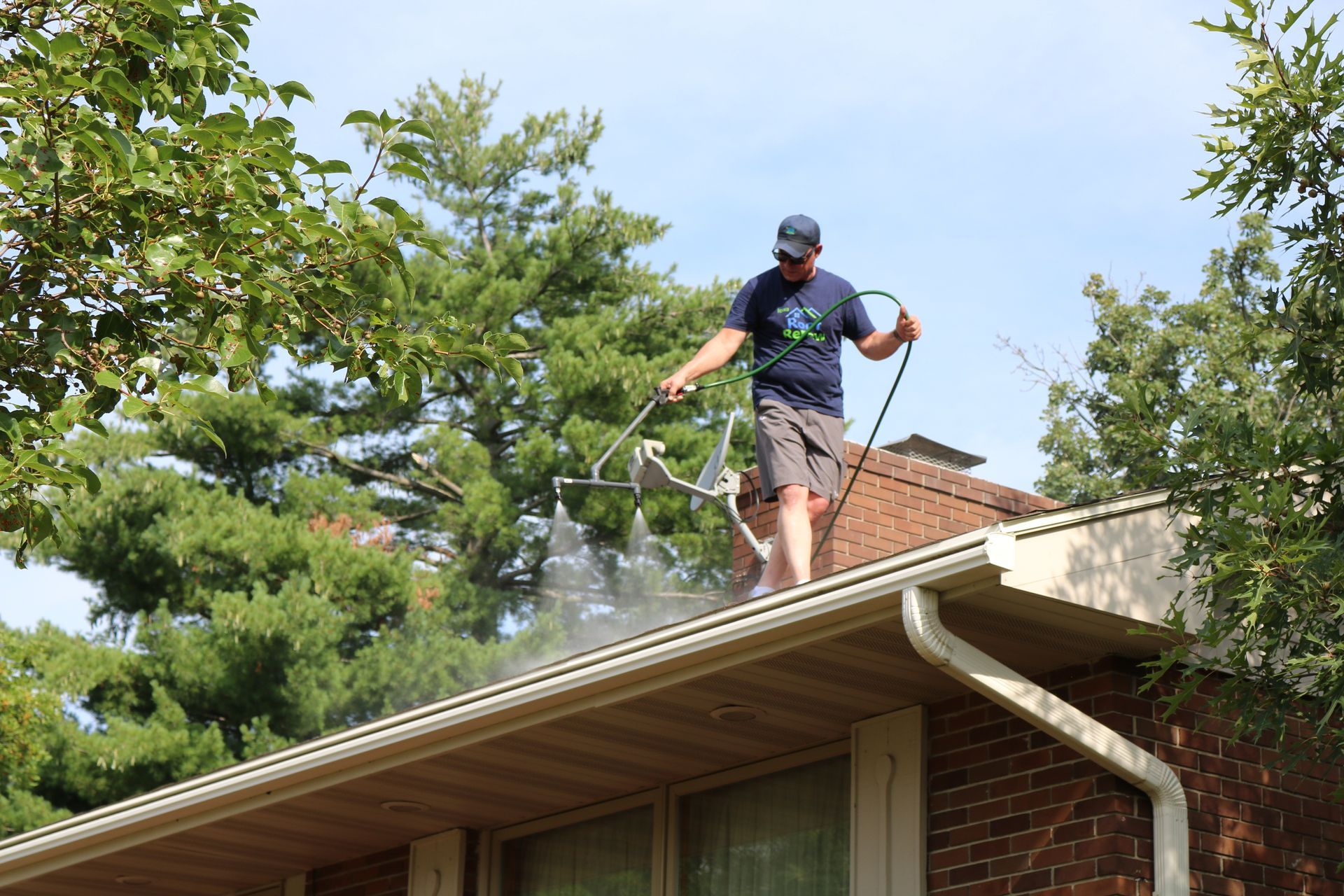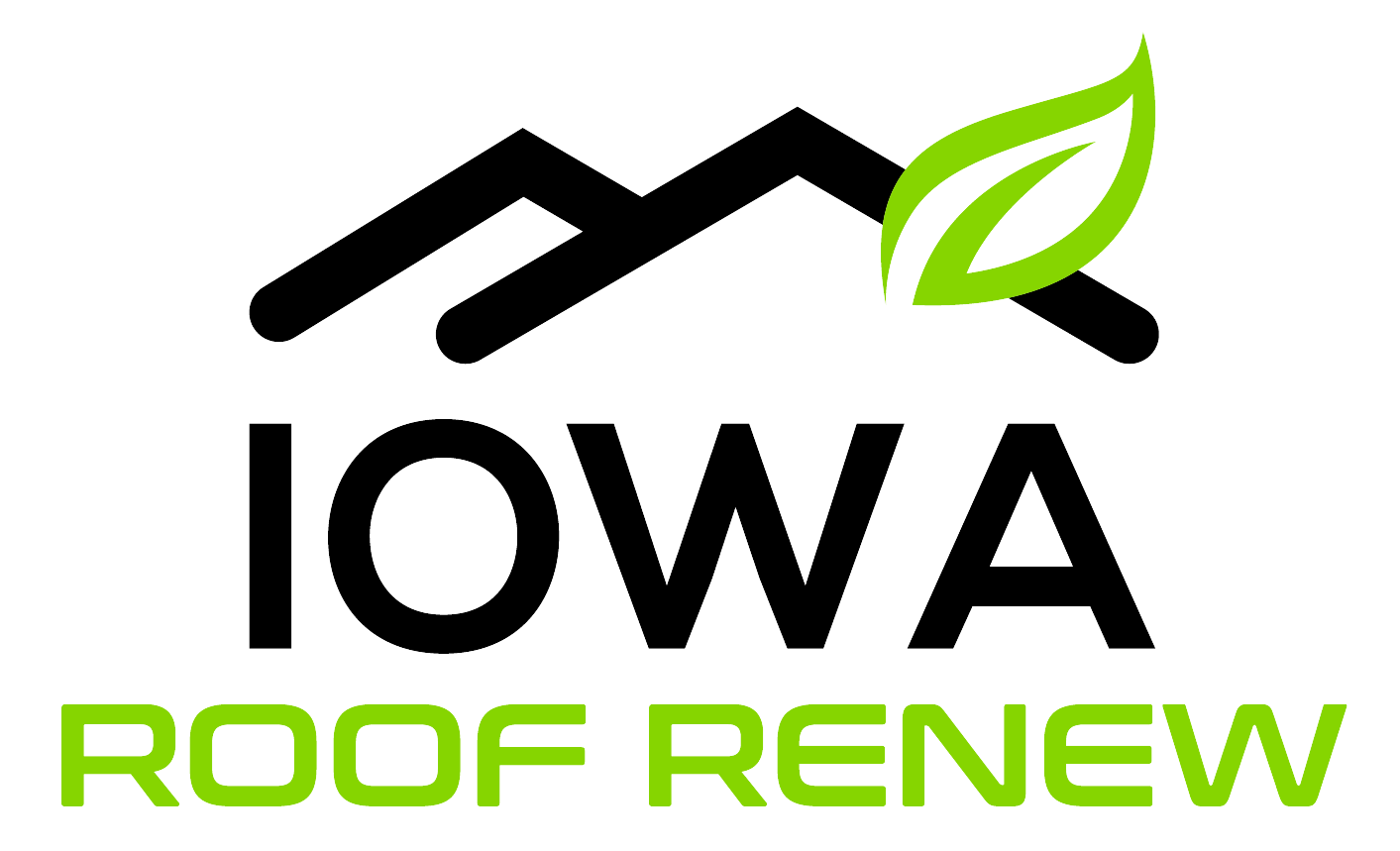What Is Roof Restoration?
When it comes to homeownership, maintaining a healthy and functional roof is paramount. Your roof is your first defense against the elements, protecting your home and everything inside it. However, over time, even the sturdiest roofs can show signs of wear and aging due to exposure to the elements. This is where roof restoration comes into play, offering a cost-effective and efficient solution to common roofing problems. This blog post will delve into roof restoration, what it entails, and how it can benefit you and your home.
What is Roof Restoration?
Roof restoration is a proactive approach to extending the life of your existing roofing system without needing a full roof replacement. It involves a series of thorough and strategic processes designed to rejuvenate and revitalize your roof, addressing issues that may have developed over time. The primary goal of roof restoration is to ensure your roof’s long-term functionality, durability, and aesthetics while avoiding the high costs associated with a complete roof replacement.
The Roof Restoration Process
At its core, roof restoration is a meticulously planned and executed process to extend your existing roof’s lifespan without needing a full roof replacement. It’s a comprehensive approach encompassing a series of vital steps to rejuvenate and revitalize your roof, rectifying issues that may have arisen over the years. The ultimate objective? To ensure that your roof continues to function optimally, remains durable and retains its aesthetic appeal while sidestepping the substantial expenses often associated with a complete roof overhaul.
Inspection and Assessment
The journey to roof restoration begins with a thorough inspection and assessment by a qualified professional. This crucial step involves closely examining every nook and cranny of your roof. The goal is to identify potential issues or vulnerabilities, such as leaks, damaged shingles, or areas prone to water infiltration. This initial evaluation sets the stage for the subsequent steps in the restoration process.
Repairs
Once the assessment is complete, the focus shifts to addressing any problem areas that were uncovered. This may involve a range of repair work, including fixing leaks, replacing damaged or missing shingles, and addressing structural issues. Repairing these issues is essential not only for the roof’s longevity but also for preventing further damage to your home’s interior.
Cleaning
Over time, roofs can accumulate dirt, debris, moss, and algae, which not only detract from their appearance but also impact their performance. Roof restoration includes a thorough cleaning process to remove these unwanted elements. This cleaning not only enhances the roof’s visual appeal but also reduces the risk of moisture buildup, a common issue that can lead to more significant problems.
Treatment
Depending on the specific roof restoration service chosen, various treatments may be applied to protect and rejuvenate the roofing materials. These treatments can include sealants, coatings, or specialized products designed to extend the life of your roof. These applications act as a shield against the elements, further bolstering your roof’s resilience.
Coating and Sealing
A crucial step in the roof restoration process involves the application of a protective coating or sealant. This protective layer serves as a barrier against adverse weather conditions, preventing water infiltration, UV damage, and the growth of moss and algae. It’s an essential element in safeguarding your roof’s longevity.
Final Inspection
After all the necessary restoration steps are carried out, a final inspection is conducted to ensure that the roof is in optimal condition. This thorough review confirms that all repairs and treatments have been correctly applied and that the roof is ready to face the elements once more.
Signs Your Roof Needs Restoration
Before delving into the restoration process, it’s essential to know when your roof might need it. Common signs include:
- Leakages: Water stains on your ceilings or walls can indicate roof damage.
- Damaged Shingles: Missing or broken shingles are an obvious sign of wear.
- Moss and Algae Growth: These can be indicative of a moisture problem.
- Energy Efficiency Decline: An increase in energy bills may suggest poor insulation, which can be addressed during restoration.
Factors to Consider When Choosing Roof Restoration
When it comes to preserving the life and integrity of your roof, roof restoration is a prudent and cost-effective option that can provide numerous benefits. However, not all restoration projects are the same, and selecting the right approach is crucial to ensuring the longevity and performance of your roofing system. Here are key factors to consider when making your decision:
Cost Considerations: Maximizing Value
When it comes to preserving the life and integrity of your roof, roof restoration is a prudent and cost-effective option that can provide numerous benefits. However, not all restoration projects are the same, and selecting the right approach is crucial to ensuring the longevity and performance of your roofing system. Here are key factors to consider when making your decision:
Environmental Benefits: A Sustainable Choice
Roof restoration is not only budget-friendly but also environmentally responsible. Opting for restoration significantly reduces the need to dispose of old roofing materials in landfills. This sustainable approach minimizes waste and contributes to a more eco-friendly way of maintaining your home. By choosing restoration, you’re making a positive impact on the environment while extending the life of your roof.
Longevity and Warranty: Ensuring Peace of Mind
One of the key advantages of roof restoration is the potential for a long-lasting solution. A properly restored roof can provide reliable protection for many years to come, often rivaling the longevity of a brand-new roof. Many reputable contractors also offer warranties on their restoration work, providing homeowners with valuable peace of mind. These warranties typically cover the performance of the restoration materials and workmanship, offering protection against unexpected issues.
Material Selection: Quality Matters
The choice of materials for your restoration project plays a critical role in its success. Ensure that the materials used are of high quality and specifically designed for the restoration process. Different roofing materials may be suitable for different situations, so consult with your roofing professional to determine the best options for your specific needs.
Contractor Expertise: The Right Hands for the Job
Selecting a skilled and experienced roofing contractor is paramount to the success of your restoration project. A qualified professional will not only assess the condition of your roof accurately but also execute the restoration with precision and attention to detail. Look for contractors with a track record of successful restorations and a commitment to customer satisfaction.
Benefits of Roof Restoration
Now that you have a better understanding of what roof restoration entails, let’s explore the numerous benefits it offers:
- Cost-Effective: Roof restoration is a cost-effective alternative to a full roof replacement. It can save you a substantial amount of money, as the materials and labor required for restoration are typically much more affordable than a complete roof overhaul.
- Extended Roof Lifespan: By addressing existing issues and applying protective treatments, roof restoration can extend the life of your roof by several years, sometimes even decades. This means you can enjoy the protection of your current roof for a longer period without the need for a costly replacement.
- Improved Energy Efficiency: A well-maintained and properly restored roof can enhance your home’s energy efficiency. It can help regulate indoor temperatures by preventing heat from escaping during the winter and keeping your home cooler in the summer.
- Enhanced Curb Appeal: Roof restoration can rejuvenate the appearance of your home. It removes unsightly stains, moss, and algae growth, giving your roof a fresh and clean look. A well-maintained roof contributes significantly to your home’s overall curb appeal.
- Prevents Further Damage: Addressing issues promptly through restoration prevents them from worsening over time. By fixing leaks and damaged areas, you can avoid costly repairs or potential structural damage to your home’s interior.
- Eco-Friendly: Roof restoration is an environmentally friendly option as it reduces the amount of roofing material waste that ends up in landfills. It also extends the life of your existing roof, reducing the need for new roofing materials.
In summary, roof restoration is a proactive and cost-effective solution for homeowners looking to extend the life of their roofing system while avoiding the expense of a full roof replacement. It involves a series of steps, including inspection, repairs, cleaning, treatment, and sealing, all aimed at revitalizing your roof’s performance and aesthetics. The benefits of roof restoration are numerous, including cost savings, an extended roof lifespan, improved energy efficiency, enhanced curb appeal, and environmental sustainability. So, if your roof is showing signs of wear and tear, consider the advantages of roof restoration before jumping into a costly replacement project. It’s a smart investment that can protect your home and your wallet.





